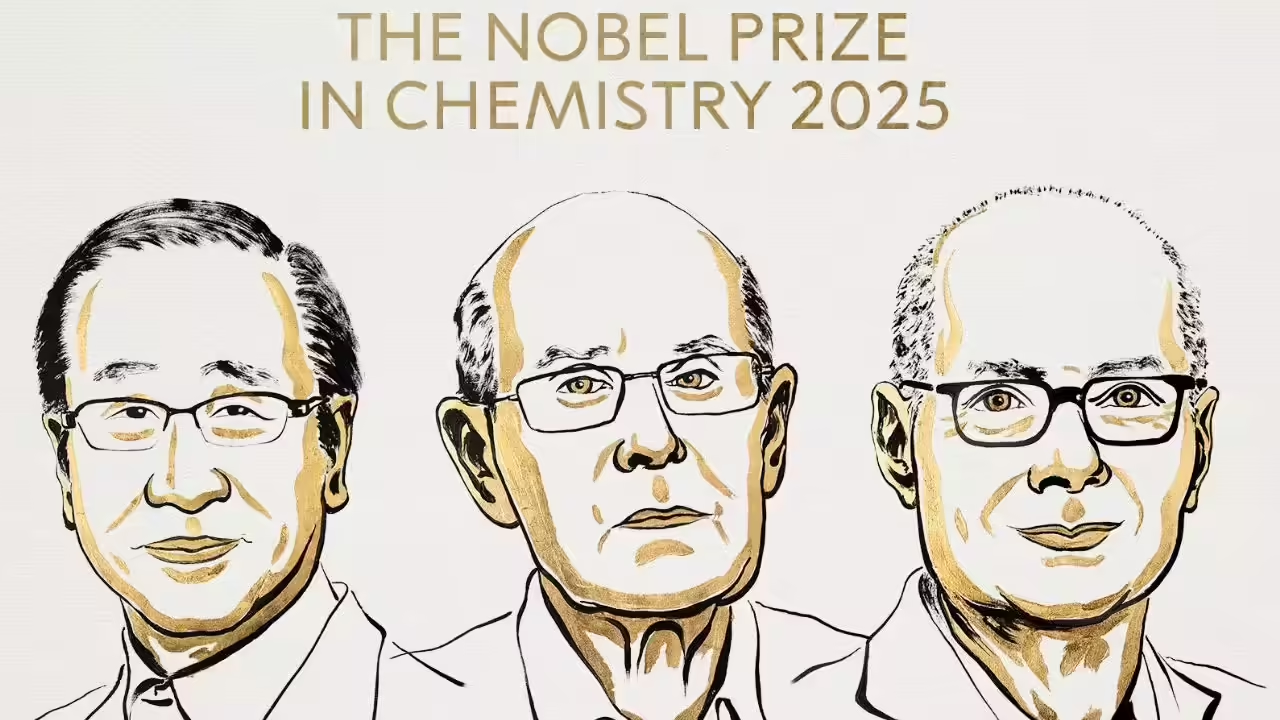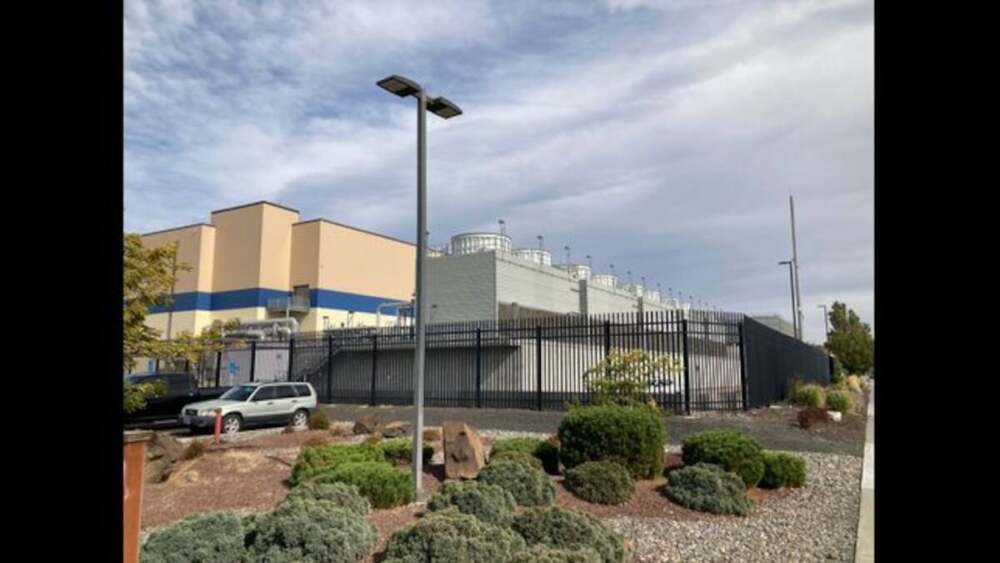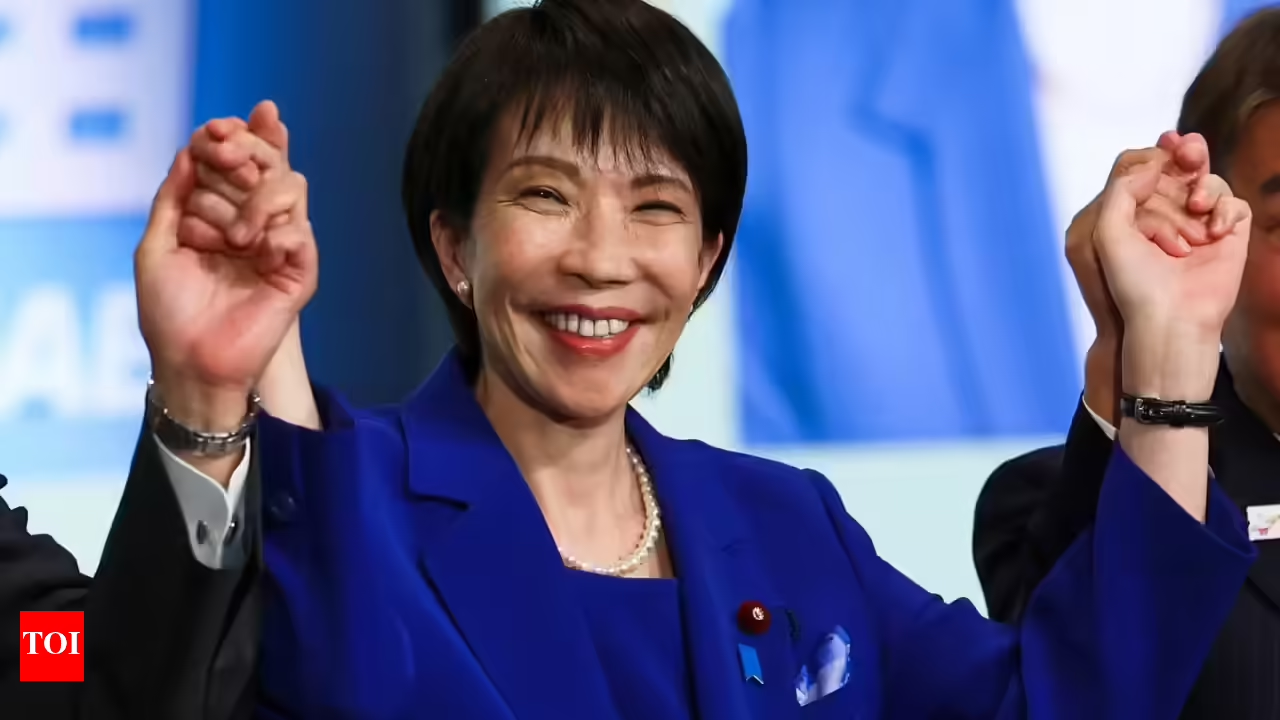The 2025 Nobel Prize in Economic Sciences has been awarded to Joel Mokyr, Philippe Aghion, and Peter Howitt for their groundbreaking work on the relationship between technological innovation, economic growth, and the process of creative destruction. Their combined research has transformed how economists, policymakers, and historians understand the drivers of prosperity — and the conditions that sustain it over centuries.
The Royal Swedish Academy of Sciences announced the prize in Stockholm, praising the trio for “illuminating the forces of innovation that propel economies forward while reshaping industries, labor markets, and societies.”
A Marriage of History and Economic Theory
Joel Mokyr, an economic historian at Northwestern University, has long argued that culture and knowledge play pivotal roles in shaping economic destiny. His extensive studies of the Industrial Revolution helped reveal why some societies experienced dramatic technological progress while others stagnated. Mokyr emphasized the idea that scientific curiosity and openness to experimentation, more than sheer wealth or geography, gave rise to sustained growth.
His historical approach offered a vital complement to the theoretical models of Aghion and Howitt. Together, the laureates bridged centuries of analysis — from the dawn of industrialization to modern debates on productivity and inequality.
Philippe Aghion, of the Collège de France and the London School of Economics, and Peter Howitt, of Brown University, developed the influential Schumpeterian growth model, named after the Austrian economist Joseph Schumpeter. Their model formalized the process of creative destruction — where innovation disrupts existing technologies and industries, paving the way for new firms and products to emerge.
This framework fundamentally changed how economists think about growth. It replaced older views that treated economic expansion as a result of accumulating capital or labor, and instead placed innovation — fueled by research, entrepreneurship, and competition — at the center of the story.
The Science of Innovation and Destruction
Aghion and Howitt’s model showed that growth is inherently dynamic and uneven. Each innovation replaces a previous one, leading to both progress and displacement. New technologies raise productivity and living standards, but they also render older industries obsolete, displacing workers and challenging social stability.
The Nobel committee noted that their work “provided policymakers with a clearer understanding of the costs and benefits of technological progress — and the need for institutions that can manage both.”
Their research continues to shape modern debates about artificial intelligence, green technology, and automation. It underscores that societies benefit most when they balance openness to innovation with safety nets for those affected by disruption.
Mokyr’s Historical Lens on Modern Lessons
Joel Mokyr’s contributions highlight the cultural underpinnings of growth. In his books and research, he argued that Europe’s scientific revolution and its embrace of experimentation created an “open market for ideas.” This intellectual openness, not merely economic incentives, helped ignite the Industrial Revolution and launched humanity into a new era of prosperity.
His insights remind modern policymakers that innovation depends not just on investment but on the willingness to question old assumptions and share new knowledge. The committee cited Mokyr’s work as “a profound reminder that ideas, once liberated, can transform entire civilizations.”
Warnings from the Laureates: Growth Is Never Guaranteed
During a press conference following the announcement, the three laureates emphasized that innovation-driven growth remains fragile. Aghion warned that rising protectionism, trade barriers, and declining competition could erode the very foundations of progress.
“Growth thrives in open, dynamic environments,” Aghion said. “When governments close markets, stifle competition, or punish risk-taking, innovation slows — and societies stagnate.”
Howitt echoed that sentiment, cautioning against short-term political pressures that prioritize job preservation over technological advancement. “The key is not to resist creative destruction but to manage it wisely,” he explained. “Support workers, not outdated industries. Invest in education, not in protecting monopolies.”
Mokyr, for his part, reflected on the lessons of history. “Civilizations have collapsed not because they lacked knowledge,” he said, “but because they lost the courage to use it.”
Policy Lessons for a Changing World
The Nobel committee emphasized that the laureates’ work offers timely lessons for today’s economic challenges. In an era defined by rapid technological change — from artificial intelligence to renewable energy — understanding how innovation shapes economies is more crucial than ever.
Their research has influenced policies across the world, from how nations design intellectual property laws to how they support research and development. It has also informed debates on inequality, showing how technological change can widen income gaps if its benefits are not broadly shared.
Aghion has been a strong advocate of “inclusive innovation,” urging governments to invest in education and retraining programs that help workers adapt to technological shifts. “We cannot stop innovation,” he has said in past interviews, “but we can shape it to serve society as a whole.”
Bridging Past, Present, and Future
The joint award also reflects the growing recognition that economics must integrate insights from history, sociology, and politics. Mokyr’s emphasis on cultural factors, combined with Aghion and Howitt’s formal models, paints a richer picture of how societies grow — and how they can falter.
Their collective work has transformed the study of growth from a technical exercise into a human story: one about curiosity, competition, resilience, and renewal.
A Legacy of Ideas
The 2025 Nobel Prize in Economic Sciences comes with a prize of 11 million Swedish kronor (about $1 million), shared among the three laureates. Mokyr receives half, while Aghion and Howitt share the remaining half.
Beyond the financial recognition, the award cements their status among the most influential thinkers of the modern era. Their research continues to inspire economists, innovators, and policymakers striving to understand how progress happens — and how to ensure it benefits everyone.
As global economies navigate the twin challenges of technological disruption and climate change, the laureates’ message rings clear: innovation is both the engine of prosperity and a force that demands wisdom, courage, and compassion to guide.
















Leave a Reply